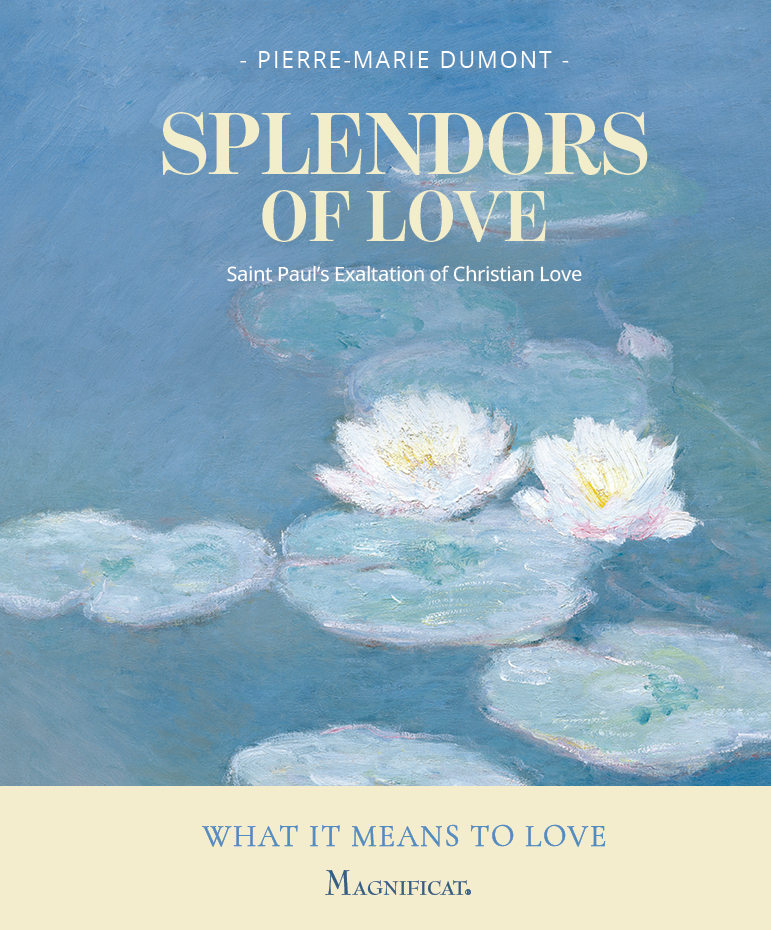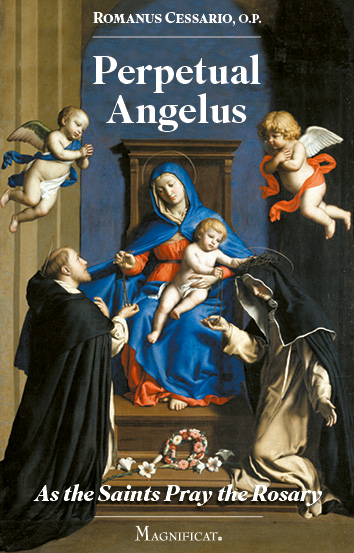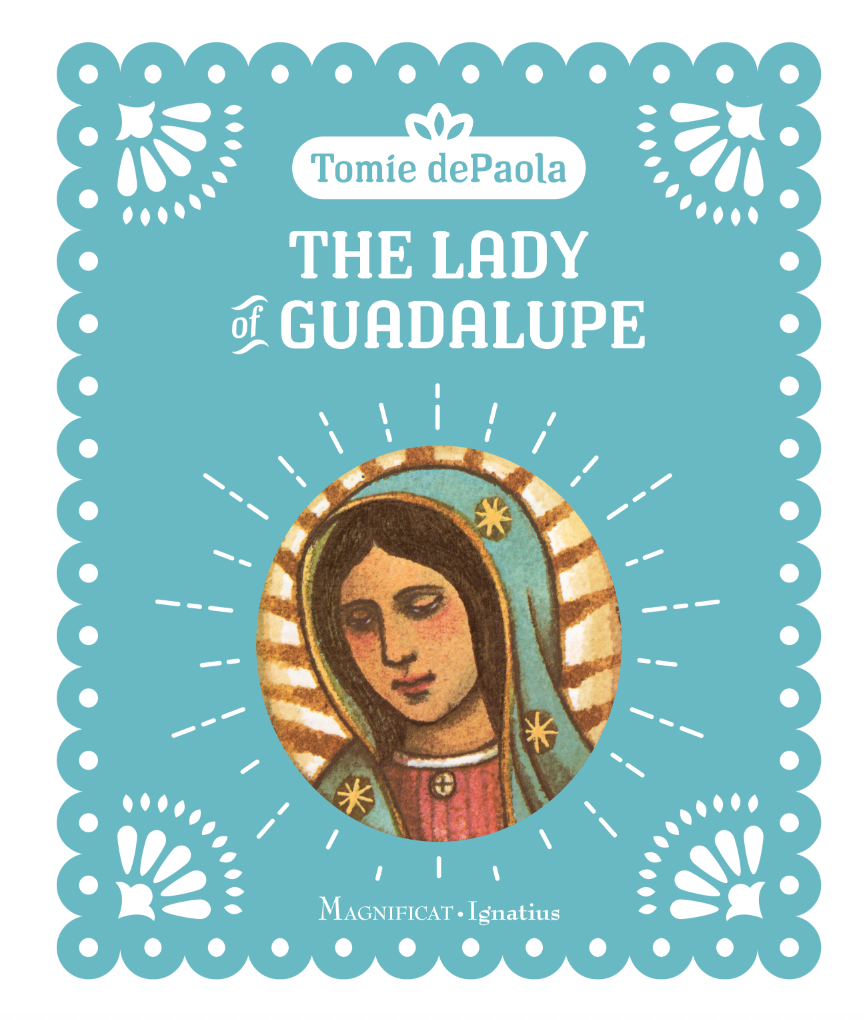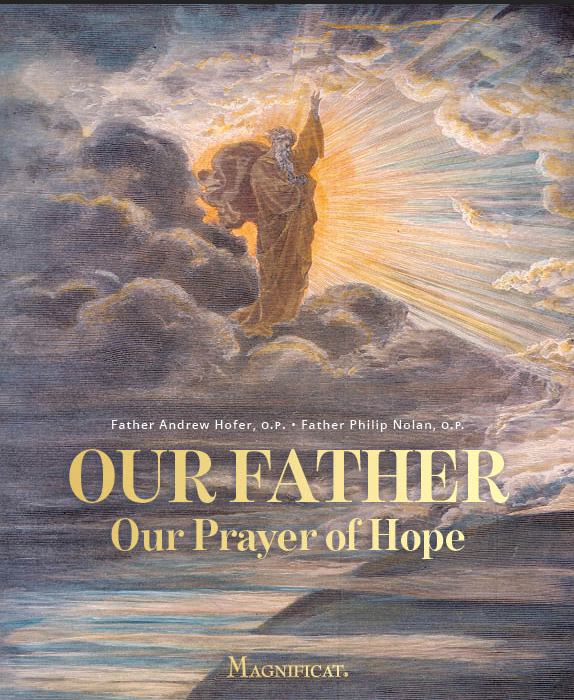Padre Pio could look into the minds and hearts of people and inspire in them repentance and conversion, a turning away from selfishness and sin, and turning back to God, accepting his love and his mercy. It is reliably recounted that the saint appeared, after his death, to some who prayed fervently for his intercession. But his message was always the same. He did not promise relief from their crosses, but encouraged them to accept their burdens and to see them as a sharing in Christ’s redemptive suffering.
This holy Capuchin friar was truly an extraordinary instrument of divine love and mercy; especially through the long and, for him, painful hours he spent in the confessional. Padre Pio was a kind and patient confessor, but he was uncompromising when faced with reality of sin and the necessity for repentance. This particular charism of Padre Pio can inspire in all of us a renewal of living faith in the sacrament of reconciliation, or confession, and its necessity in our lives.
Marks of love
However, our new saint would affirm that his most precious gift from God was the stigmata through which he was so intimately associated with the suffering of our divine Savior in his passion and crucifixion.
Padre Pio first received the interior marks and the constant pain of the stigmata in 1915, just five years after his ordination to the priesthood at the age of twenty-three. Three years later, the five wounds became clearly visible on his hands, his feet, and his side, and were accompanied by substantial bleeding. Padre Pio experienced this unceasing and intense pain, as well as the shedding of his blood, daily, until his death fifty years later in 1968.
But above all, it is clear that the Mass was the center and summit of the saint’s life, and the source of his strength and his courage to follow Christ. Those who were blessed to be at his Mass spoke of this as a profoundly moving experience, a moment of conversion. They were deeply affected by the devotion with which Padre Pio celebrated the Eucharist, bearing witness to his absolute faith in the sacrifice of Christ made truly present on the altar, the sacrifice so dramatically reflected in his own body, in the bleeding wounds. It was obvious that the saint was truly living in the Eucharist as both priest and sacrificial offering in Christ.
Redemptive suffering
In the celebration of the Mass, this sacrifice of our Lord is made truly present on the altar and the saving effects of the cross are continued in our world. This is the deepest meaning of our Lord’s command to his apostles when he instituted the sacrament of the Eucharist at the last supper. After changing bread and wine into his own Body and Blood, Jesus instructed them: “Do this in remembrance of me.” Our Lord was calling for a continued celebration of the Eucharistic liturgy, but, beyond that, “do this” means that we are to live the Eucharist, to make ourselves a total offering to God in Christ, for our salvation and that of all the world. The Church, in her members, exists precisely to celebrate and to live the Eucharist.
Not long ago, I read the obituary of a very prominent man. He had served our country with great distinction, integrity, and courage, but he was faced with a debilitating disease.
He wrote a letter to his family and expressed his great love for them. But, faced with the inevitable loss of control of his life, increasing dependence upon others for all his needs, and what he perceived to be the diminishing of his human dignity, the man wrote that he had put all his affairs in order, and had decided to end his own life; and he did that.
The obituary said that the deceased was survived by a younger sister, a cloistered Dominican nun. When asked what she thought of her brother taking his own life, she replied, “I cannot condone what he did, but I can understand. When we see no value in suffering, value for ourselves or for others, human life loses its real meaning.”
The life of Saint Pio of Pietrelcina offers us a profound appreciation, a deeper understanding, in the light of our faith, of the redemptive value of our own suffering, for ourselves and for others. Each person in suffering, and all of us suffer in one form or another, can become, consciously, a sharer in the redemptive suffering of Christ; becoming, ourselves, a living Eucharist, an offering of praise and thanksgiving to God.
©Mag September 2003









